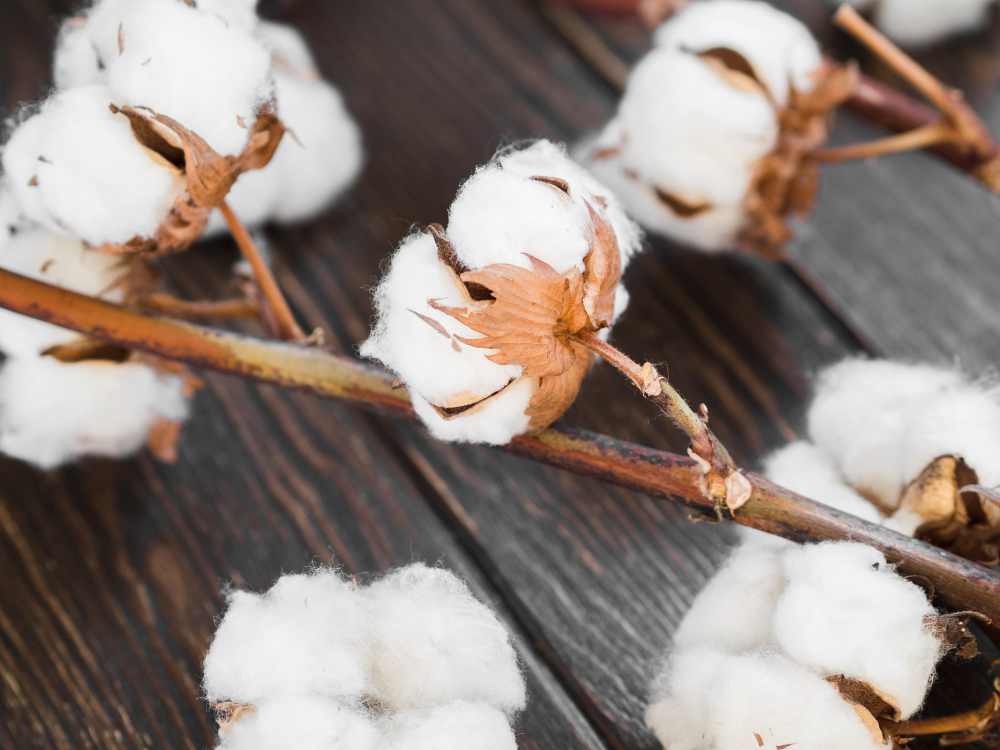Cotton, often referred to as "white gold," holds a pivotal position in the global market, with its prices dictating trends and investments across various sectors. The year 2024 poses intriguing questions about the trajectory of cotton prices at the Chicago Mercantile Exchange (CME), with multiple factors at play. In this article, we delve into the dynamics shaping the future of cotton prices, exploring both traditional influences and emerging trends.
Understanding Cotton Market Dynamics
The cotton market operates within a complex web of interconnected factors, each exerting its influence on prices. Historically, cotton prices have been subject to the forces of supply and demand, with fluctuations driven by seasonal variations, weather patterns, and economic conditions. In recent years, however, additional layers of complexity have emerged, stemming from technological advancements, sustainability concerns, and geopolitical developments.
Supply and Demand Dynamics
At its core, the cotton market revolves around the basic principles of supply and demand. Changes in global production levels, influenced by factors such as weather conditions, agricultural practices, and government policies, directly impact supply. Conversely, shifts in consumer preferences, population growth, and economic trends shape demand. Any dissonance between supply and demand levels can trigger price adjustments, driving market volatility.
The demand for cotton spans a wide range of industries, from fashion and textiles to automotive and healthcare. The textile industry, in particular, accounts for a significant portion of cotton consumption, with cotton garments and home textiles remaining popular choices worldwide. Moreover, the versatility of cotton fibers lends itself to various applications, including medical textiles, industrial fabrics, and nonwoven materials, further diversifying demand sources.
Weather Patterns and Agricultural Practices
As a predominantly agrarian commodity, cotton is susceptible to the vagaries of weather. Adverse conditions such as droughts, floods, or pest infestations can disrupt crop yields, leading to fluctuations in supply and subsequent price movements. Moreover, the choice of agricultural practices, including planting techniques, irrigation methods, and pest management strategies, can significantly impact productivity and production costs.
In recent years, technological innovations have revolutionized cotton farming, enabling growers to enhance efficiency, reduce resource consumption, and mitigate environmental impact. Precision agriculture techniques, such as remote sensing, GPS mapping, and variable rate technology, optimize inputs like water, fertilizers, and pesticides, improving yield quality and sustainability. Additionally, advancements in seed genetics, including biotechnology and genome editing, offer traits such as pest resistance, drought tolerance, and improved fiber quality, further bolstering productivity and resilience.
Economic and Trade Factors
Economic indicators and trade policies also play a significant role in determining cotton prices. Global economic trends, such as GDP growth, inflation rates, and currency fluctuations, influence consumer purchasing power and, by extension, demand for cotton products. Moreover, trade agreements, tariffs, and geopolitical tensions impact the flow of cotton exports and imports, affecting market equilibrium.
In recent years, trade tensions between major cotton-producing countries, such as the United States, China, India, and Brazil, have heightened market uncertainties. Retaliatory tariffs, export restrictions, and trade disputes disrupt supply chains and alter market dynamics, leading to price volatility. Moreover, macroeconomic factors such as currency devaluations, interest rate fluctuations, and geopolitical events, including conflicts and diplomatic tensions, contribute to market fluctuations, requiring participants to stay vigilant and adaptive.
Emerging Trends Shaping Cotton Prices
Technological Innovations in Agriculture
The advent of new technologies, ranging from data analytics to robotics, is revolutionizing the agricultural landscape, including cotton farming. Precision agriculture techniques enable farmers to optimize resource allocation, enhance crop yields, and minimize environmental impact. Additionally, innovations in textile manufacturing, such as 3D printing and sustainable fabrics, are reshaping demand patterns and driving market trends.
Digitalization is permeating every aspect of cotton production, from field management to supply chain logistics. Farm management software, IoT sensors, and drones facilitate real-time monitoring of crop health, soil conditions, and weather forecasts, enabling data-driven decision-making and proactive risk management. Furthermore, blockchain technology is enhancing traceability and transparency in the cotton supply chain, empowering consumers to make informed choices and driving demand for ethically sourced and sustainably produced cotton products.
Sustainability Imperatives
In recent years, sustainability has emerged as a key driver of change in the cotton industry. With growing awareness about environmental conservation and social responsibility, stakeholders across the value chain are prioritizing sustainable practices. Initiatives such as organic farming, water conservation, and fair trade certifications are gaining traction, influencing consumer preferences and market dynamics.
Sustainability encompasses various dimensions, including environmental stewardship, social equity, and economic viability. Cotton producers are adopting practices such as conservation tillage, cover cropping, and integrated pest management to minimize soil erosion, conserve water, and reduce chemical inputs. Moreover, initiatives like the Better Cotton Initiative (BCI) and Cotton LEADS program promote responsible farming practices, labor rights, and community development, fostering a more sustainable cotton industry.
Digitalization of Supply Chains
The digital transformation of supply chains is facilitating greater transparency, efficiency, and traceability in the cotton market. Blockchain technology, IoT sensors, and data analytics platforms enable stakeholders to track the journey of cotton from field to fabric, ensuring authenticity and compliance with quality standards. Moreover, digital marketplaces and e-commerce platforms are democratizing access to cotton products, driving demand diversification.
Digital platforms are revolutionizing the way cotton is traded, connecting buyers and sellers across geographies and streamlining transaction processes. Online marketplaces offer greater price transparency, market insights, and trading opportunities, empowering producers, traders, and manufacturers to optimize their operations and expand their reach. Furthermore, e-commerce platforms provide consumers with convenient access to a wide range of cotton products, fostering inclusivity and market democratization.
Conclusion
In conclusion, the future of CME cotton prices in 2024 is shaped by a confluence of traditional influences and emerging trends. While supply and demand dynamics remain, fundamental drivers of price movements, factors such as technological innovations, sustainability imperatives, and digitalization, are increasingly shaping market trends. Navigating this dynamic landscape requires a nuanced understanding of both traditional fundamentals and evolving paradigms, empowering market participants to make informed decisions in an ever-changing environment.
To Get Real-Time Price of Cotton Visit: https://pricevision.ai
Source: https://bresdel.com/blogs/502925/What-s-the-Future-of-Cotton-Prices-at-CME-in





Comments